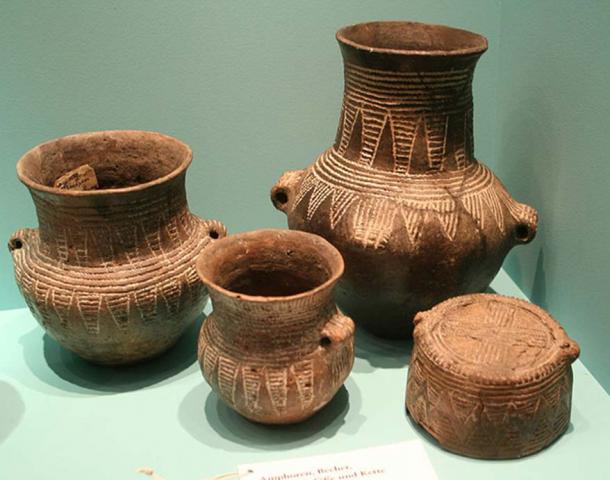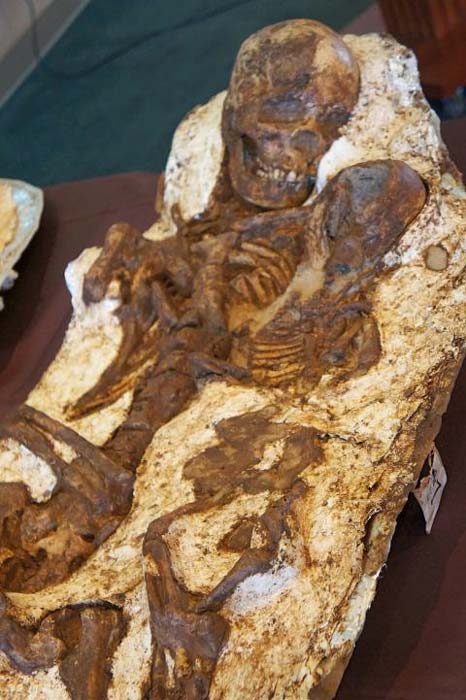
Oftentimes, few people are interested in the findings of archeological digs – broken pots, scattered bones, it usually takes a sign of cannibalism or extraordinarily old carbon dating to draw the mainstream media’s attention. Yet a Taiwanese discovery announced last year proved to be an exception to the rule. Photos of the exhumed bodies went viral and major news organizations from Fox News to the Huffington Post reported on the story. What was that discovery? A Stone Age skeleton of a mother cradling a baby in a shared grave.
THE ORIGINS OF THE MUMMIFIED MOTHER AND BABY
The scientific excavation began in 2014 and took about a year to complete. A team of archaeologists led by Chu Whei-Lee of Taiwan’s National Museum of Science was working on a Neolithic site 6.2 miles (10 kilometers) inland from Taiwan’s western coast. Today, that area is called Taichung City but the site itself has been dubbed An-ho. Experts believe shorelines have shifted over the years and that An-ho was once a coastal village. Indeed, over 200 shark teeth have been found in the site’s dwellings, however, whether these teeth were practical, decorative, or spiritual is not known. The inhabitants of An-ho were most likely Dabenkeng people.
“The Dabenkeng people were the first farmers in Taiwan, who may have come from the south and southeast coasts of China about 5,000 years ago,” says Chengwha Tsang of Taiwan’s Academia Sinica. “This culture is the earliest Neolithic culture so far found in Taiwan.” (Drake, 2016) Taiwanese Dabenkeng culture featured corded ware pottery and stone adzes.

An example of corded ware pottery. (Einsamer Schütze/ CC BY SA 3.0 ) Taiwanese Dabenkeng culture (to which experts believe the mother and baby belonged) featured corded ware pottery and stone adzes.
While the Dabenkeng lasted until the 3rd millennium BC on Mainland China, Taiwanese Dabenkeng lasted only until around 4,500 BC. Yet from Taiwan, the Dabenkeng spread across Southeast Asia and Oceania, bringing their culture and language with them. “They were probably the earliest ancestors of the Austronesian language-speaking people living nowadays in Taiwan and on the islands of the Pacific,” said Tsang (Drake, 2016).
THE TOUCHING FIND OF THE MOTHER AND BABY
At An-ho, 48 graves were discovered, among them were five children. Most interesting of all was the shared grave of a mother looking down at a baby cradled in her arms. It is not clear how they died.
The remains of the young mother holding the baby. ( National Museum of Natural Science )
 Reviewed by Team
on
August 19, 2020
Rating:
Reviewed by Team
on
August 19, 2020
Rating:



No comments: